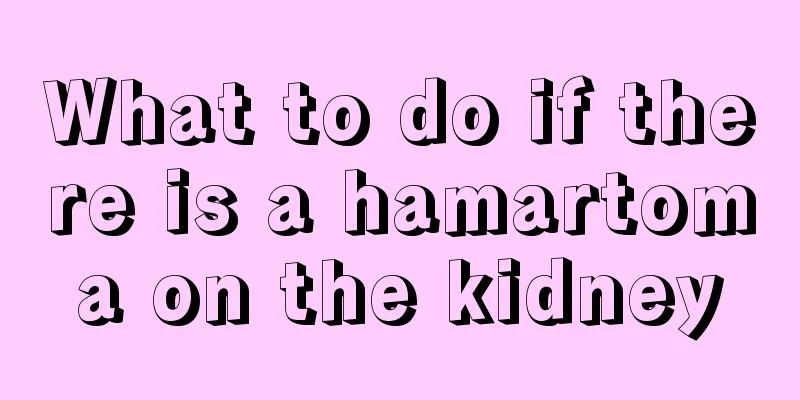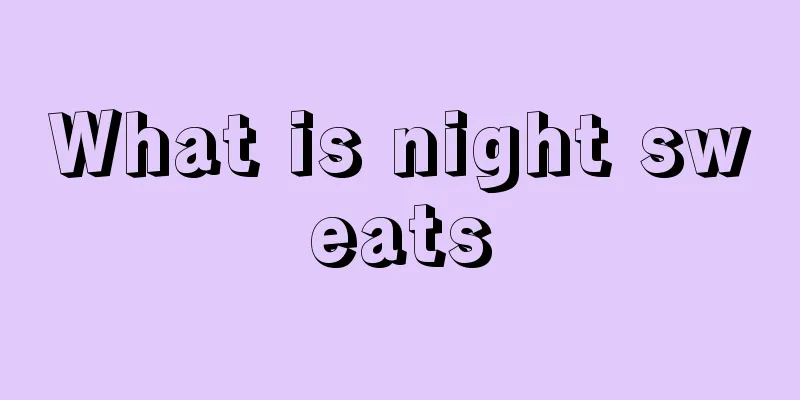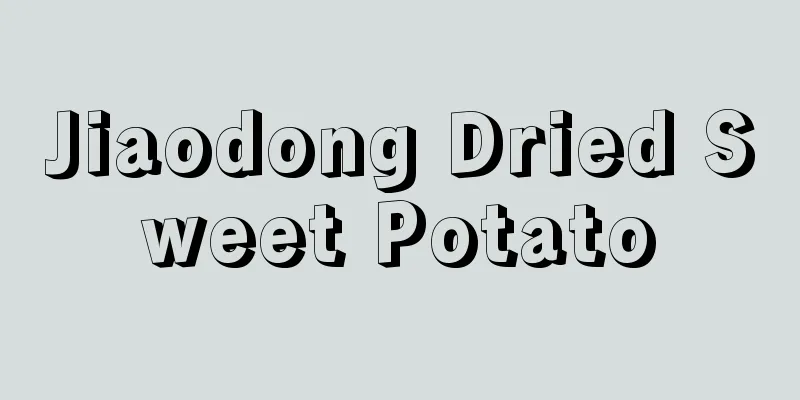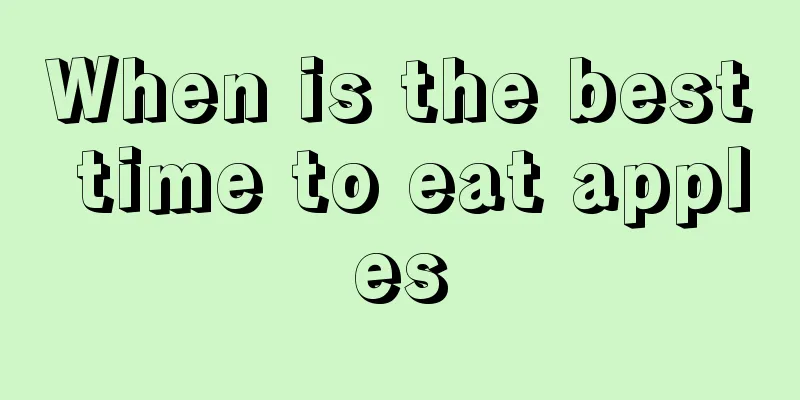The difference between Thousand Layer Tripe and Tripe
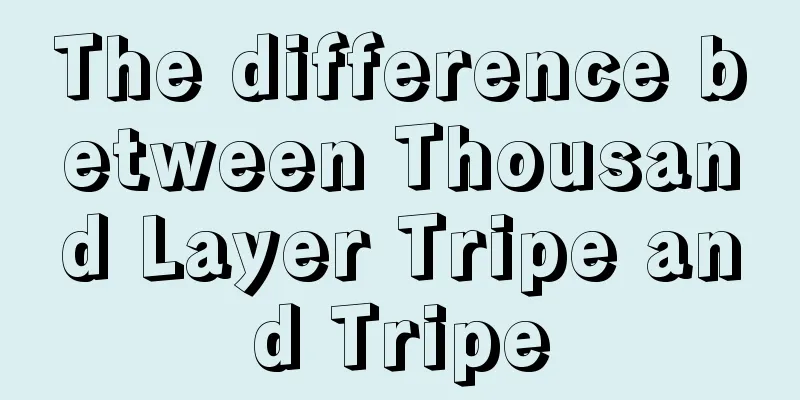
|
Many friends love to eat beef tripe. Whether it is hot pot or mixed vegetables, beef tripe is a must-eat dish. So what is the difference between Thousand Layer Tripe and Mao Tripe? Even many people who love to eat tripe can't tell the difference clearly, because the two are so similar and the taste is not much different. In fact, cows have four stomachs. The omasum refers to the tripe, and the rumen refers to the tripe. When ruminants are resting, they keep chewing with their mouths to chew the food in their stomachs again. The stomach of ruminants such as cattle and sheep is divided into four compartments. In China, these compartments are respectively called "x stomachs", so they are called four stomachs. These stomachs of different shapes and functions not only help cattle and sheep digest grass, but also provide delicious food with different tastes for people like me who love Islamic food. I don't know how much shredded tripe, fried tripe, and tripe I ate. The first part of the stomach of cattle and sheep is called the rumen. It is the largest compartment and is connected to the esophagus. There are many papillae on the rumen. These protrusions vary in shape, some are thick and some are thin, and look like the hair on a towel or a brush, so this part of the stomach is called "tripe" in hot pot restaurants. When you order "shredded tripe with hot peppers" in a restaurant, this part is what is used. Ruminants are ruminants, probably related to rumen. Connected to the rumen is the second part: the reticulum. Everyone must be familiar with the reticulum. There are hexagonal honeycomb-like wrinkles on the inner wall, which obviously looks like a fishing net. This part is called "gourd" in fried tripe and "golden money tripe" in Hong Kong (Hong Kong compatriots, can we do something that has nothing to do with money?). Rete means net in Latin, and reticulum is a diminutive of “net”, i.e. “small net”; just like cigarette is a diminutive of cigar, “wan zai” (small bowl) is a diminutive of “bowl” in Cantonese. One year, when I ordered a “wan zai” in a rice noodle shop in Hong Kong, the boss actually brought me a plate of spinach (“tong cai”). The papillary protrusions on the rumen and the honeycomb wrinkles on the reticulum are obviously intended to increase the surface area of the inner wall. Although the internal structures of these two parts are different, their functions are the same. The chewed food flows and stratifies between these two chambers. The food with more solid matter and higher density sinks to the bottom of the stomach and flows back to the esophagus during rumination, allowing cattle and sheep to chew again. This shows that the place connected to the esophagus must be in the middle and lower end of the rumen. In the rumen and reticulum, microorganisms ferment the grass mixed with saliva to break down the cellulose in the grass (cellulose is fermented to produce acetic acid, propionic acid, and butyric acid. These acids with less than 6 carbon atoms are called volatile fatty acids (VFA)). |
<<: The difference between appendicitis and appendicitis
>>: The difference between follicle discharge and atrophy
Recommend
How to remove scale from a kettle
There are actually many ways to remove scale from...
How to quickly remove acne on your face_The fastest way to remove acne on your face
Acne on the face is a common symptom. Many people...
Is acupuncture useful for long-term vascular headaches?
Acupuncture is the essence of traditional Chinese...
What to eat for teratoma
Teratoma is a benign gynecological tumor. After t...
How to relieve the pain of uterine contractions before childbirth
When a woman is about to give birth, she will exp...
The calves cannot be brought together
In people's lives, many people have the probl...
Why does my tooth hurt after drinking alcohol?
Drinking is an increasingly common social behavio...
Liver cancer early screening must be done, don’t wait until you feel uncomfortable to go for a check-up
When you find yourself having uncomfortable sympt...
What are the symptoms of neuritis?
Neuritis actually encompasses many conditions, so...
Liver cancer was diagnosed in the late stage because it was ignored
Cirrhosis of the liver is a disease with a relati...
What's the matter with being unable to hold back poop?
Defecation is a very common thing in life, and ba...
Benefits of combing your hair
People often say that combing your hair is good f...
What are the methods of making lemon weight loss enzyme
In today's society, people pay great attentio...
How to use moxibustion to eliminate chloasma
Moxibustion can warm up the Yang energy and harmo...
The efficacy of houttuynia cordata stewed with monk fruit
Some people may not particularly like the taste o...
